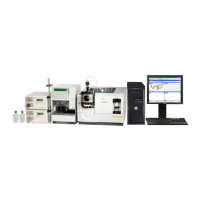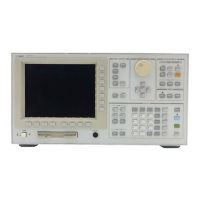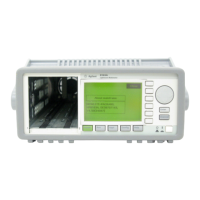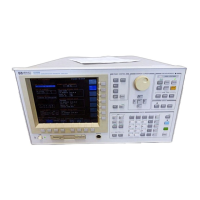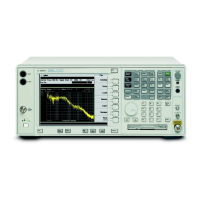Obtaining a Good Model
The fundamental assumption in curve fitting is that the measured frequency
response corresponds to a finite-order rational-polynomial (linear) model.
There are several challenges involved in making accurate measurements which
fulfill this assumption, and in utilizing measurements inevitably subject to
contamination and finite frequency span to obtain reasonable models.
There are three basic sources of data errors in frequency response
measurements that prevent any curve-fit algorithm from easily finding a linear
model:
• Nonlinearities
• Noise
• Quantization Errors
Nonlinearities
Frequency response measurements may be contaminated by distortion products
introduced by system nonlinearities. This contamination can cause the max
order algorithm to search for sufficiently high system orders to compensate for
these errors in the fit model. For example, although a measured system may
contain only 4 poles and 3 zeros, errors may perturb the frequency response
enough to look like a system with 10 poles and 10 zeros. In other words, there
is no way in which the max order algorithm can differentiate between
measurement errors and correct data (fixed order will also do its best to fit
measurement errors with the numerator order and denominator order you set).
The type of test stimulus you use determines the success of averaging to reduce
the impact of nonlinearities on the curve fitting. Broadband stimuli are used
for FFT Analysis mode. There are two different types of broadband stimuli
used in this analyzer:
• random noise
• periodic chirp
If a truly random source is used (that is, random noise or burst random),
nonlinearities will cause distortion products to randomly appear across the
measurement span. Therefore, averaging reduces the effects of nonlinearities
on the frequency response measurement, and results in a linear least-squares
estimate of the system frequency response.
Agilent 35607A
Operator's Guide Curve Fit Option 1D3
16-11
